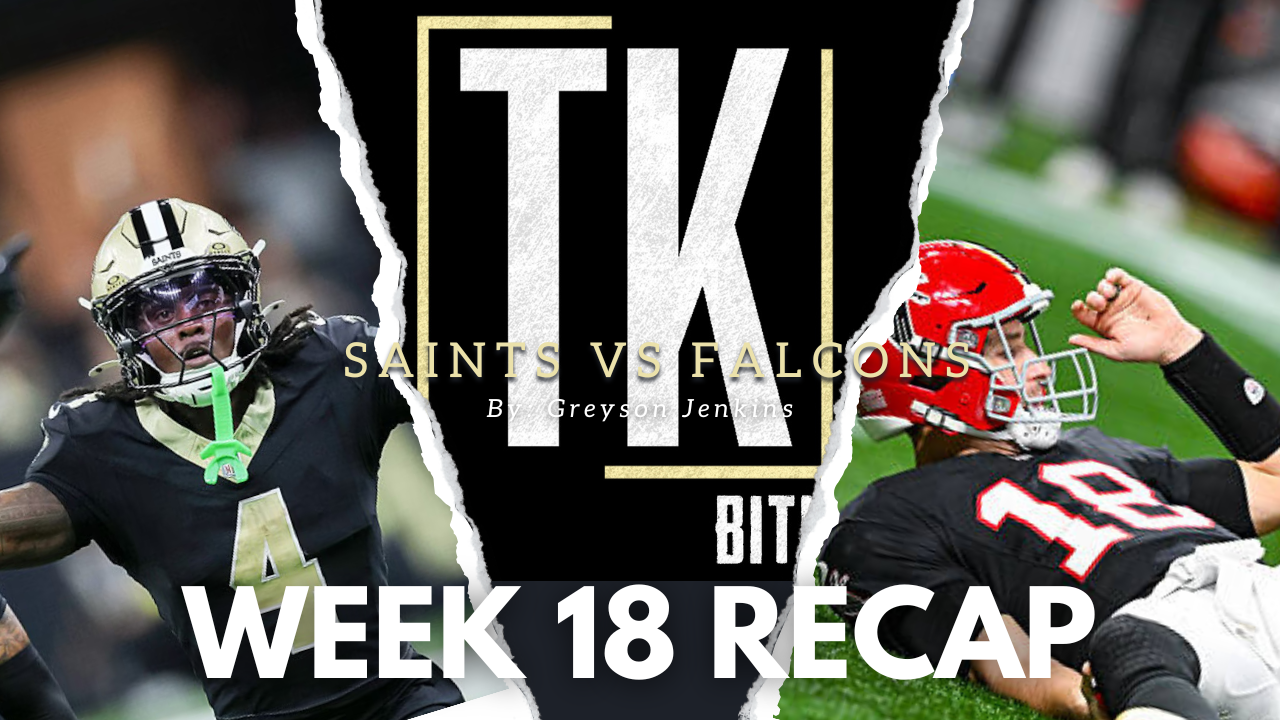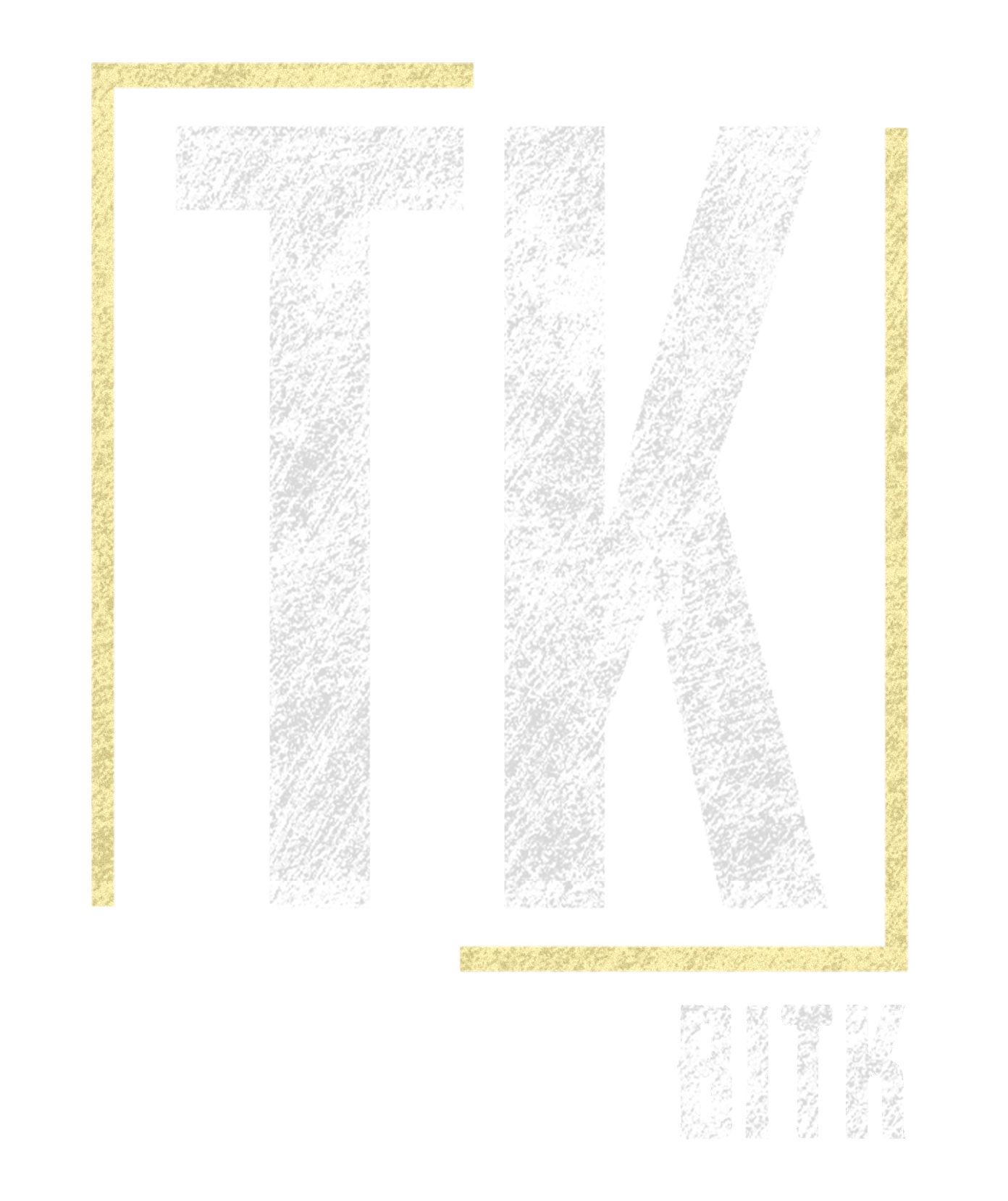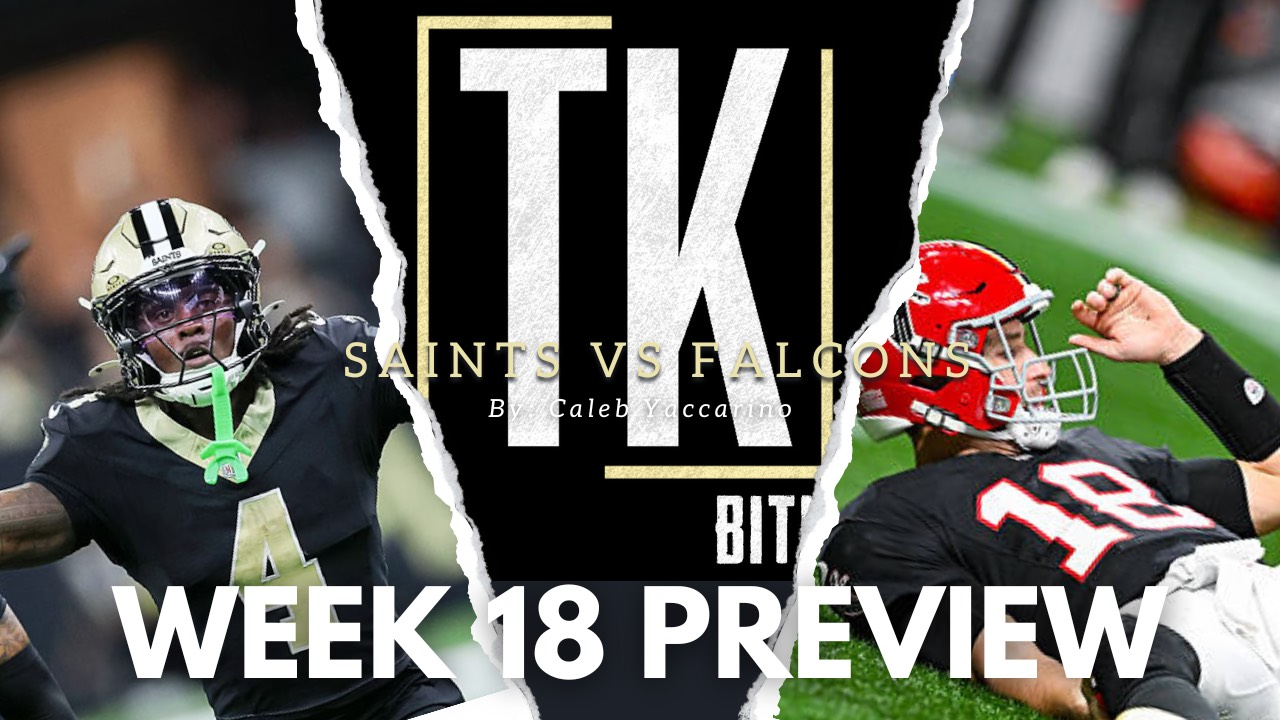I AM NUMBER 7
"With The Seventh Pick In The 2025 NBA Draft, The New Orleans Pelicans Select..."
The New Orleans Pelicans will pick seventh in this year's NBA Draft. While that isn't the spot the Pelicans had hoped for (or perhaps planned for), there is still a lot to be excited about due to the exorbitant amount of talent this draft consists of. We all know about the big three of Cooper Flagg, Ace Bailey, and Dylan Harper Jr., but beyond these prospects, the draft is brimming with talent, providing a strong sense of reassurance and confidence to every Pelicans fan. Here are the top four prospects that the Pelicans should target with the seventh overall pick, pending their availability.
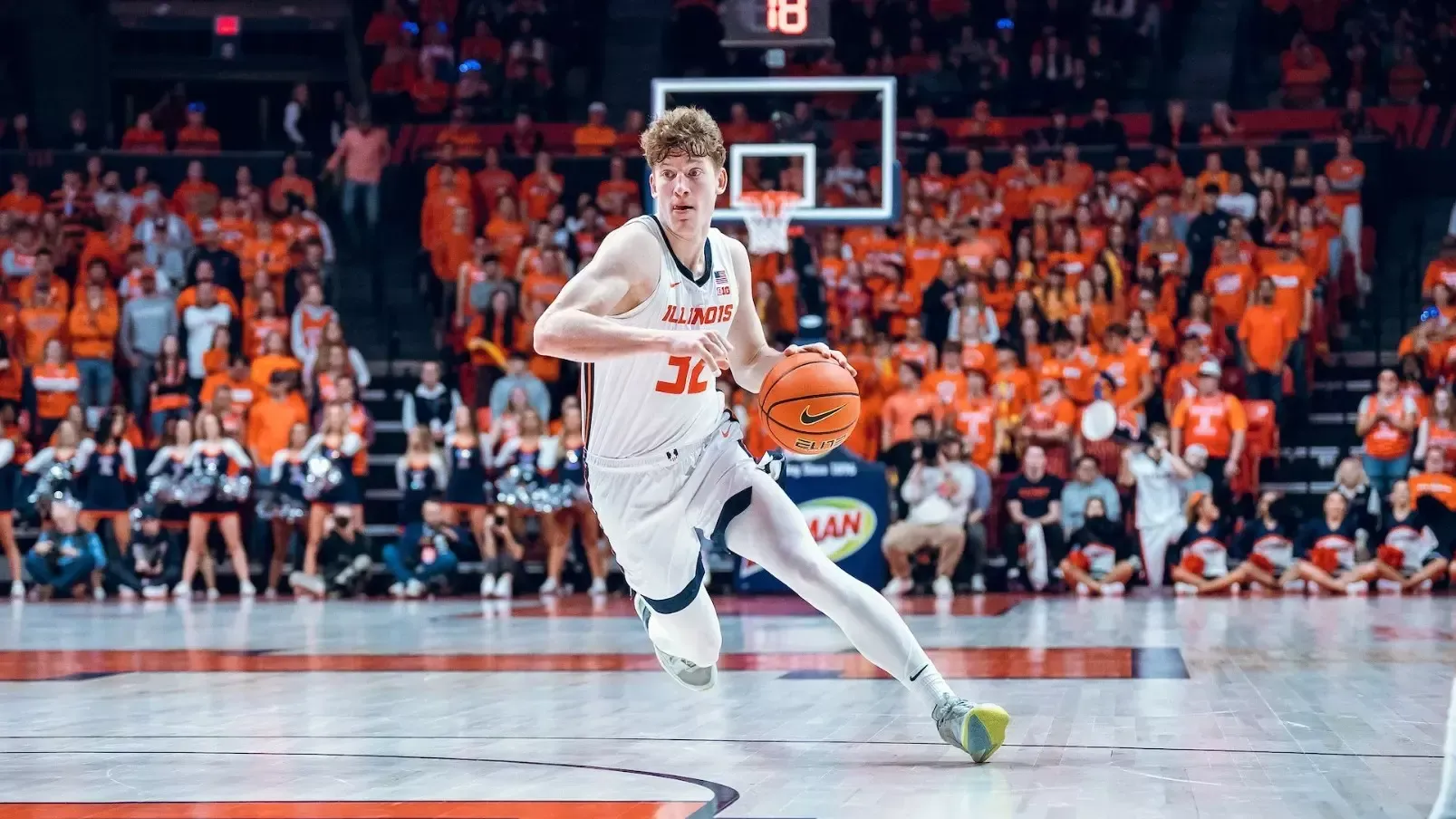
Kasparas Jakučionis - G/F
6'6
205.2 lbs
Stats
15.2 Pts | 5.6 Rebs | 4.8 Ast | 45.5 FG% | 33.1 3P% | 83.2 FT%
Strengths
- Playmaking
- Three Level Scorer
- Pick And Roll Miastro
- Offensive Creativity
Weaknesses
- Athleticism
- Turnover Rate
- Shot Selection
- Average To Below Average Defender
Summary
Kasparas Jakucionis is a genuinely unique prospect. His 6'6, 207-pound frame aligns perfectly with the modern lead guard profile. Jakucionis, who added five pounds of muscle in his freshman season at the University of Illinois, possesses an offensive game that mirrors that of elite European guards, such as Luka Dončić
and Goran Dragić. Like Dončić, Kasparas loves to shoot the step-back three after neutralizing the defender with his smooth ball handling. Kasparas's footwork and craftiness compensate for his less-than-stellar athleticism when it comes to finishing around the rim. With his high IQ, vision, and creativity, Kasparas stands out as the best playmaking guard in the draft. His ability to pass his teammates open and orchestrate one of the toughest offensive schemes in the country under Coach Brad Underwood as an eighteen-year-old is genuinely remarkable. Kasparas's greatest strength lies in his ability to execute ball screens effectively. Moving at his own pace, he uses his 6'6 frame to see passes that smaller guards might not see, create room for a shot, or snake the lane for a rim attack. The biggest knock on Jakucionis is his inconsistent play. He had a season of extreme highs, including 24 points, 6 rebounds, and 5 assists, shooting 50/50/100 against the Top 25 team Arkansas. However, he also experienced extreme lows, with just 7 points, 2 rebounds, and 2 assists, shooting 25% against Rutgers. If Jakucionis can minimize turnovers, learn defensive angles to compensate for his lack of athleticism, and be consistent in his role, he could have a successful pro career.

Derik Queen PF/C
6'10 1/2
248 lbs
Stats
16.5 Pts | 9 Rebs | 1.9 Ast | 52 FG% | 20 3P% | 76 FT%
Strengths
- Skilled Post Scorer
- Prime Time Gamer Gene
- Guard Like Handle
- Lateral Mobility
Weaknesses
- Jump Shot Mechanics
- Situational Motor
- Non-Rim Protector
- Limited Athleticism
Summary
Derik Queen is undoubtedly the most skilled big man in this draft. His combination of brute strength and a soft touch around the basket makes him a difficult matchup for leaner, more athletic post players. His guard-like mobility and ability to handle the ball on the perimeter create challenges for larger post players trying to defend him as he drives to the basket. What made Queen nearly unguardable at the college level was his unselfish style of play, as he often made the right decisions when facing double teams and help-side coverage. Queen's game resembles that of All-Star big men DeMarcus Cousins and Alperen Şengün. He possesses a high basketball IQ and is a skilled big man with limited athleticism. However, like many players of his type, he can become disengaged if he is not consistently involved in the game. If Queen can improve his situational focus and develop a reliable three-point shot, he has the potential to be one of the top three players to emerge from this draft.

Jeremiah Fears - G
6'3
180 lbs
Stats
17.1 Pts 4.1 Rebs | 4.1 Ast | 43.4 FG% | 28.4 3P% | 85.1 FT%
Strengths
- Rim Attacking
- Advanced Ball Handling
- Ability To Switch Gears
- Passing Lanes Merchant
Weaknesses
- Three Point Shooting
- On Ball Defense
- Ball Dominant
- Inconsistent Decision Making
Summary
Jeremiah Fears was a fan favorite this past year, not just among Oklahoma fans, but basketball fans in general. Fears' elite ball handling capability, a skill that sets him apart, coupled with his ability to finish around the rim at an efficient rate(50%), kept fans on the edge of their seat anytime the ball was in Fears' hands. His most significant advantage is his ability to start and stop in traffic, never being sped up or slowed down by the defender, but always moving at his own pace, a sight to behold for any basketball enthusiast.
Jeremiah's game resembles that of Monta Ellis and future Hall OF Famer Kyrie Irving. At just 6'3, 180 pounds, his size may seem like a disadvantage to most, but he more than makes up for it with skill and toughness. The biggest knock on Fears is his inability to shoot from three at an efficient clip. In the modern NBA, it's harder to win with a Point Guard that is a non-threat from deep. However, there were moments last year where Fears showed great potential in developing a long-range attack, scoring 29 points on Georgia and Arizona and scoring 26 points while shooting 57% from three(4-7) against both. If Fears can climb up into the high 30's, low 40's from three, his already elite ability to draw fouls will set him up for a promising and successful career in the NBA.
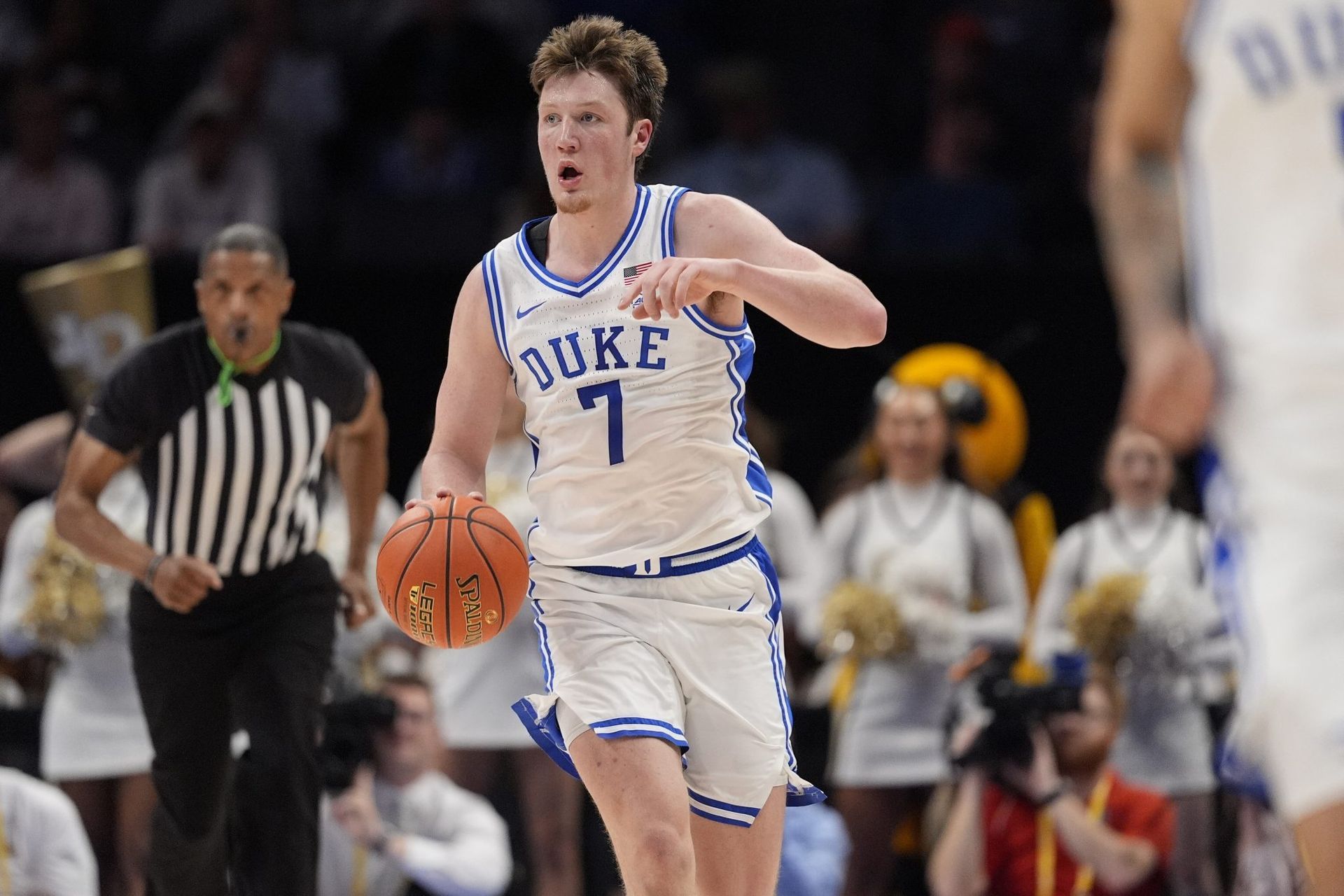
Kon Knueppel - G/F
6'6
219 lbs
Stats
14.4 Pts | 4.0 Rebs | 2.7 Ast | 47.9 FG% | 40.6 3P% | 91.4 FT%
Strengths
- Elite Shooter
- High Motor
- High IQ
- Great Footwork
Weaknesses
- Athleticism
- On Ball Defense
- Creating Space
- Average Ball Handling
Summary
Kon Knueppel is one of the safest picks in the lottery, largely due to his elite shooting ability. His knack for shooting the ball from deep makes him a low-risk, high-reward prospect. When he's not lighting up the scoreboard from three, Kon uses his large frame to power his way to the rim, using his impressive footwork to create scoring opportunities. Kon's high basketball IQ enables him to fill the lead guard role in spot minutes. His unlimited range and shooting efficiency(40.6% from 3) make him a force to be reckoned with. Defenders rush to close out on him, fearing his long-range scoring ability, only to find themselves overpowered by Knueppel's aggressive style of attacking the paint.
Kon's game resemble that of Desmond Bane and Wally Szczerbiak. His limitless range coupled with his capitol "T" body build makes him a very tough cover. Where Knueppel may stuggle at the next level is his in between game. Don't get me wrong Kon's midrange jumper is just as deadly as his three point shot, scoring at a 50% clip, the issue is Kon's ball handling skills or lack there of may become a hindrance in creating space to take that midrange jumper. On the defensive end, Kon could struggle due to his lack of foot speed. With Knueppel it's not about want to, it's about his physical limitations, that could be alleviated somewhat in a professional development system, but one has to wonder how close to his defensive ceiling is Kon after spending a year in the pro like system of Coach Jon Scheyer and the Duke Blue Devils.
A quick share helps us a lot!
